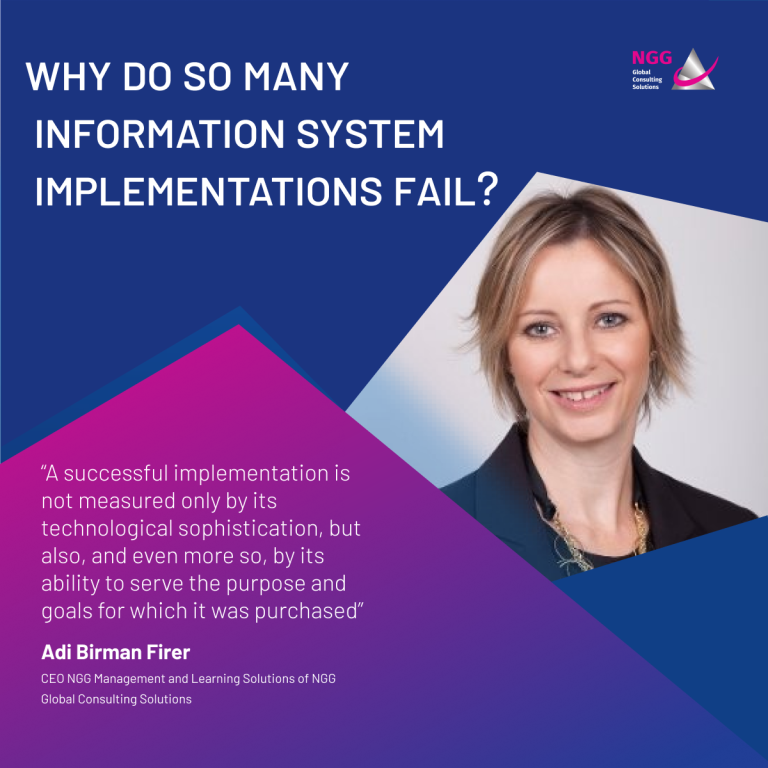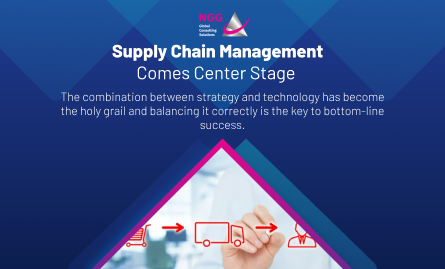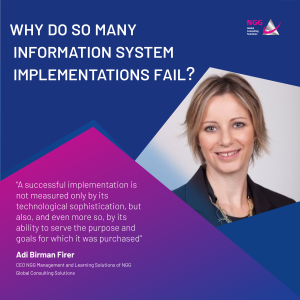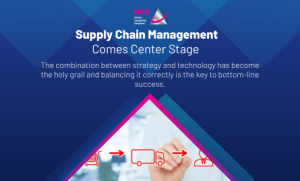Why is excessive harmony bad for business and why is conflict crucial for organizational success? Introducing the Art of Argument: the soft skill every strong business leader needs.
By Nili Goldfein and Galit Diamant
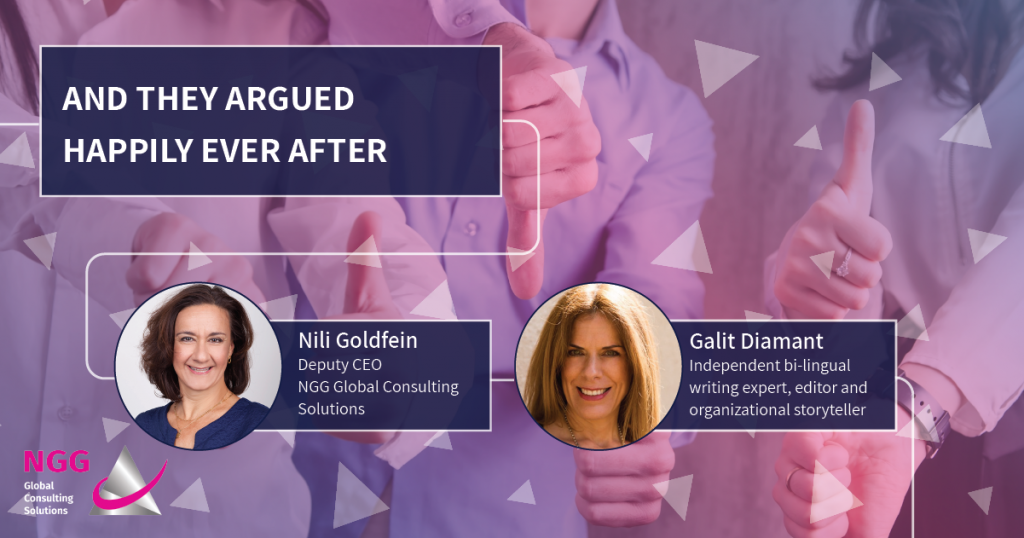
A few months before the coronavirus outbreak, I found myself on a flight to New York to facilitate a quarterly management summit for one of my clients – a leading global medical company. “Something disturbing is happening and I can’t put my finger on it”, the CEO tried to explain over the phone. “The energy in the past three meetings was fantastic and we rounded up some great ideas that can take the company to the next level, but when the time had come to put these ideas into action – nothing happened”.
Executives from around the world landed in New York to attend this Delivery and Execution Summit, which was carefully crafted by the CEO and VPHR. But unfortunately, due to a family emergency, the CEO was forced to fly home on the morning of the grand opening. “Take the reins”, he requested, and took off to the airport.
The first day was unbearable. The unexpected absence of the CEO and the fact that I – an outsider – was chosen to lead this impossible situation, lit up a loud dispute like never before, including an exchange of personal insults, accusations and excessive drama by numerous managers.
In the midst of this turmoil it suddenly hit me. The charismatic and excellent CEO, who had brought the company to outstanding profit lines in a record-breaking period of five years, was unable to contain any conflict in the boardroom. Feeling they were not allowed to speak their minds, his executive managers swallowed and buried their professional opinions to satisfy their leader’s need for consensus and harmony.
Gradually, this developed an unvoiced cumulative frustration, which later resulted in a silent yet dangerous tug of war. During the three meetings prior to the event, no manager dared to criticize or question any decisions or action items. But back at the offices, when changes were needed to be implemented, they all politely refrained from taking action. Quiet never sounded so loud.
The monster under the conference table
The unplanned absence of the CEO during that strategic week in New York turned out to be just what the doctor ordered. It allowed the managers to finally break their five-year frustrative silence, acknowledge the monster under the table and address organizational problems for what they were. It was far from fun, but necessary, because when the saga of shouting and bickering was finally over, they began to express their authentic views. They openly discussed what would and would not work and addressed all issues and business aspects from a professional, strategic and pragmatic point of view. The summit concluded with a new, short but agreed list of action items alongside a work plan and division of roles for delivery, execution, and performance control.
“You’re an excellent CEO,” I reassured him after reporting back, “you just need to learn to argue. Remember that your managing team is like a family, and like most normal families, there’s no such thing as complete harmony.”
Every great organizational change begins with a table being turned, and healthy organizational families are meant to argue. Crises and confrontations bring out powerful truths, which serve the organization and its leaders. Not only must they not be feared: they should be consciously and structurally encouraged. Disagreements over strategic and tactical issues are an integral part of our disruptive business reality, and if they aren’t naturally expressed, they should be deliberately created.
The 10th Person Theory
In World War Z , a 2013 American apocalyptic action horror film, Brad Pitt plays Gerry Lane, a former United Nations investigator who tries to find a way to stop a zombie pandemic. He flies to Jerusalem – the only country in the world that foresaw the crisis and set up a safe zone before the outbreak was officially acknowledged. When asked how they achieved this, a senior Mossad presents Lane with the 10th Person Theory.
“If in strategic discussions there are nine people in the room who say the same thing, the tenth person must give a counter-opinion, and prepare an action plan for his unreasonable scenario, like the probability of a virus coming from China and spreading around the world,” he answers. Sounds familiar?
In Japanese martial arts, Sampi stands for both an opponent and friend, who helps you learn and improve. Expecting constant harmony from management teams obscures authenticity, harms diversity of opinions and disrupts the special Sampi spice that helps organizations learn and grow. Acknowledging conflict and reshaping it into exceptional solutions is the new and improved happily-ever-after of smart organizational leadership. Embrace it, own it and remember: after every good argument, you can always kiss and make up.

Nili Goldfein – EVP Marketing & Business Development at NGG Global Consulting Solutions, specializing in Leadership and Management in a World of Disruption

Galit Diamant is an independent bi-lingual writing expert, editor and organizational storyteller.

